Newbie greenhouse tips?
NoelinMA
6 years ago
Featured Answer
Sort by:Oldest
Comments (39)
asarum
6 years agoRelated Discussions
Newbie Greenhouse Question - Please help
Comments (26)If the wireless deer fence really works, that looks like a nice solution. From people who have dealt with deer, though, I would expect they might just learn to avoid it ... just as they learn to accept the motion-activated sprinklers. I've heard that an electrified wire that runs around the garden generally works well, as does clear fishing line strung at their chest height and "ankle" height ... they can't see it, but can feel it and become confused and avoid it. They can jump quite high, but need room in order to do so; therefore, two parallel fences spaced just right will deter them - they have to be far enough apart that the deer cannot clear both in one jump, but close enough that they can't get the start they need to clear the second. Some people install these fences at an angle, but that becomes quite space-intensive. As others have already stated, keeping the greenhouse cool in spring and summer would be a real problem, especially for those cool-weather crops you're planning. The shade house idea is a good one, however, and I'm wondering if you could get away with some type of tunnel-type structure covered with bird netting or some other mesh. For an easy-to-build frame, have you seen the faux bamboo stakes and connectors? Sort of like a large Tinker-Toy set for adults/gardeners. Gardener's Supply has them. Actually, greenhouser, deer are becoming more and more a problem in suburban areas. We're creating the perfect habitat for them. Deer actually dwell at the woods' edge, seeking shelter inside and food in the adjacent meadows ... whether that "meadow" be wild or someone's lawn and gardens. Their natural predators all but gone and an abundant food supply, their numbers increase until population pressures force them to move outward to new areas. Deer seem to be extremely adaptable and, as evident in some previous posts, become used to living around people, even standing their ground, blithely munching away on choice specimens, as a homeowner/gardener advances trying to shoo them away (I've seen it on video). Squirrelypete, I don't know that it would be any comfort to your hubby, but my dad, who loved fishing, held the philosophy that the fish got itself caught because of its own greed: it thought it was eating something else; so he had no qualms about eating it (though he'd never have hunted)....See MoreFor newbies: pollination in greenhouses
Comments (10)I have two cherry tomato plants but one got late blight so i quarantined that ass with the quickness. but my last plant which is marvelous is in a deep water culture has many flowers but they keep falling off! i have made a buzz-pollinator out of a vibrating razor handle and a toothbrush head. I've also made a centrifugal dremmel out of a cap on the end of the dremmel with a spinning cotton swab in the middle. But theres been some freakishly hot weather since the flowers opened! anybody have an idea where to buy pollen perhaps? or any surefire over-the-top ways to make this work(cooling methods, trapping a bumblebee in my room for the day)? I dont want the past 80 days to be for nothing. The mornings have been about 80F reaching 93F noon....See MoreYour Best Tips to Newbies?
Comments (8)Thanks, that looks like some good common sense tips!! I was checking them out and there may only be 2 in the one pot. I broke a piece off of a plain green one by accident while trying to check it out, abt 2 feet and put into a sink of water to just soak up some moisture while I try to decide what to do with it. In the one pot there is a rope type and the other one is green with a white edge. There may be a third, it's hard to tell... but one strand has more variegation than just the edges. The other pot has one with rounder leaves and a yellow edge, one plain green one and one with the dark green edge but yellowish centers. I don't want to make any fast moves with these and live to regret it but am wondering things like should I repot them... they're in the really big hanging pots (12 inches wide not counting the pot edges and 8 inches deep) with the self watering reservoir you add water to in the bottom side. They're so big though they may need that!! How do you repot these without breaking pieces off?? Also once I get a 50% shade cloth put on will they like it in a hot greenhouse (above freezing in winter)? I won't be able to keep it cool at all, other than what I can do with a fan and opening vents, doors, windows etc. The sweet person that gave these to me said they were a bit overexposed to the light in her greenhouse so some of them look a little stressed. My other option is to hang them on a north facing porch, where I hang epiphyllum (they're going back to the greenhouse too once I get a shade cloth on). Which I'm afraid won't give them enough light to bloom....See MoreNewbie grower (teacher) with greenhouse - HELP!
Comments (6)you need to get some proper hydroponics fertilizer. That miracle grow stuff is not adequate. You need a bunch of shade cloth to drap over the greenhouse in the summer time to help keep those temps down. The shade cloth won't be enough so you will have to do something else. Out here where we don't have humidity, large evaporative coolers are used. I don't know how well they will work out there. You will probably also need to use a misting system to control heat and you'll want to run that off of Reverse Osmosis or, since you seem to have a bunch of it, rainwater. You could bury the rainwater reservoirs being used for the misters to more effectively cool the air. As you have already discovered, you need quite a bit of air circulation inside the greenhouse, I would get more though. Until you get those control systems built and some experience with the systems you already have, I wouldn't build that A frame....See MoreNHBabs z4b-5a NH
6 years agolast modified: 6 years agoNoelinMA
6 years agoNoelinMA
6 years agoNoelinMA
6 years agoNHBabs z4b-5a NH
6 years agolast modified: 6 years agoNoelinMA
6 years agoNoelinMA
6 years agodoreenwoods
6 years agolast modified: 6 years agoNHBabs z4b-5a NH
6 years agoasarum
6 years agobill_ri_z6b
6 years agoNoelinMA
6 years agoNoelinMA
6 years agoNoelinMA
6 years agoNoelinMA
6 years agoNoelinMA
6 years agoNoelinMA
6 years agoKahnke Brothers Tree Farm
6 years agodoreenwoods
6 years agobill_ri_z6b
6 years agoNHBabs z4b-5a NH
6 years agoNoelinMA
6 years agoNoelinMA
6 years agoNoelinMA
6 years agoNoelinMA
6 years agoNoelinMA
6 years agoruth0552
6 years agoNHBabs z4b-5a NH
6 years agoNoelinMA
6 years agoNoelinMA
6 years agoNoelinMA
6 years agoNoelinMA
6 years agoruth0552
6 years agomad_gallica (z5 Eastern NY)
6 years agoNoelinMA
6 years agoKahnke Brothers Tree Farm
6 years agoNoelinMA
6 years ago
Related Stories
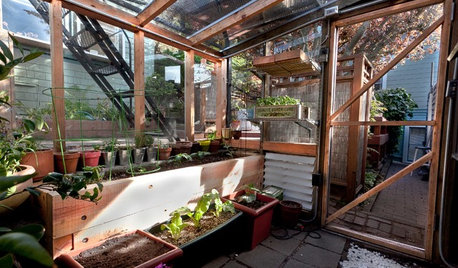
WINTER GARDENINGWarm Up a Greenhouse for Winter
Add heat and light to keep plants growing through the winter
Full Story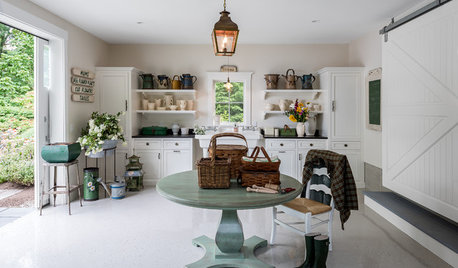
GARDENING GUIDESHow to Declutter Your Garden Shed, Greenhouse or Potting Bench
Get those pots and tools sorted now, and you’ll be free to focus on your plants when spring arrives
Full Story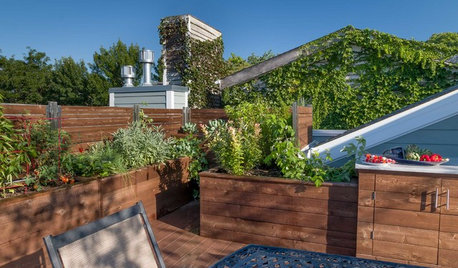
GARDENING GUIDES10 Tips for Beginning Gardeners
With a simple sketch, basic tools and the right plants, you’ll be on your way to growing your first flowers or edibles
Full Story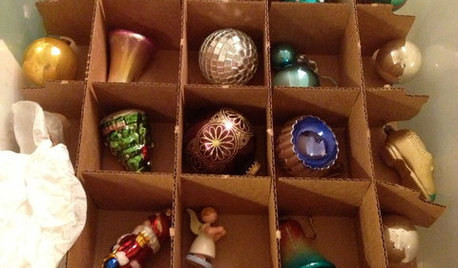
HOLIDAYSChristmas Cleanup Tips for the Not Naturally Organized
Dreading the postholiday chores? First let yourself unwind. Then grab some boxes, a few supplies and this easy guide
Full Story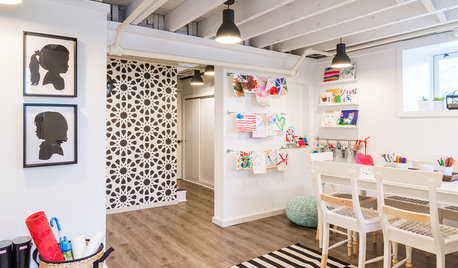
DECORATING GUIDES5 Tips for a More Flexible, Creativity-Boosting Space
These decorating ideas will encourage your creative side to come out and play
Full Story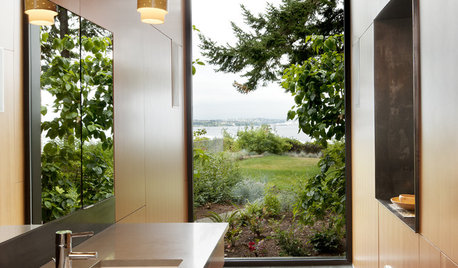
REMODELING GUIDES10 Tips to Maximize Your Whole-House Remodel
Cover all the bases now to ensure many years of satisfaction with your full renovation, second-story addition or bump-out
Full Story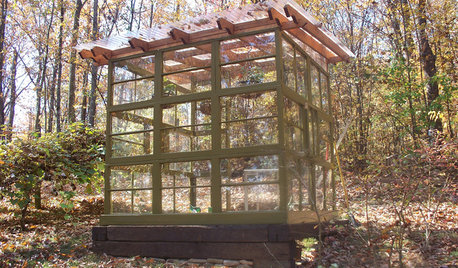
GARDENING AND LANDSCAPINGSee a Family Greenhouse Grown From Scraps
Can-do resourcefulness and less than $400 lead to a new 8- by 8-foot home for plants on a Tennessee family's property
Full Story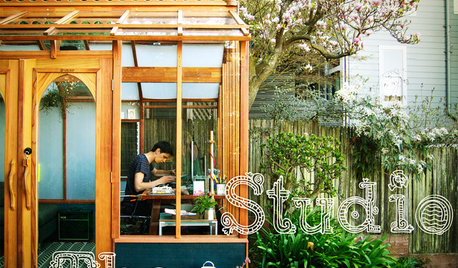
OUTBUILDINGSStudio Solution: A Kit Greenhouse Becomes a Creative Private Office
See how an inventive work-from-home designer made an office from a greenhouse, for some inspired thinking in the backyard
Full Story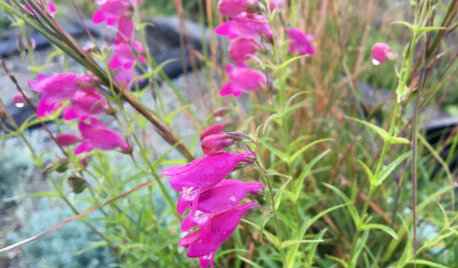
GARDENING GUIDES10 Tips for Leaving a Garden Behind
You can make parting easier by taking ideas and plants with you
Full Story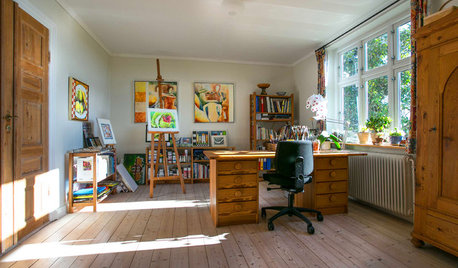
CRAFTS10 Tips for Clutter-Free Crafting
Shed useless tools, excess materials and failed projects — then organize what’s left — to let your creative spirit soar
Full Story



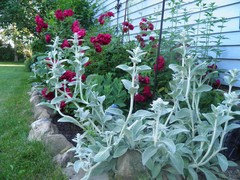
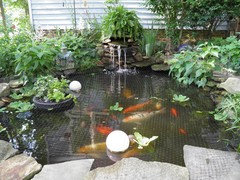
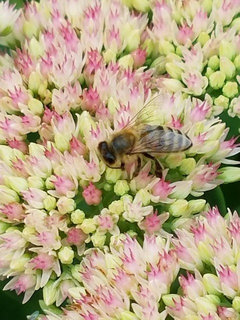
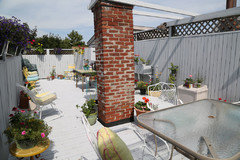
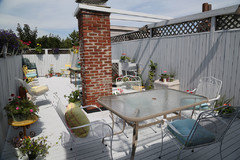
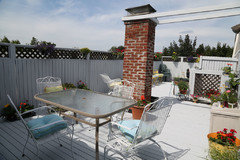
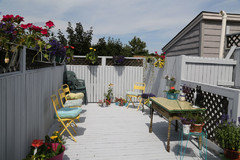
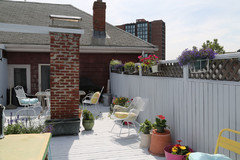
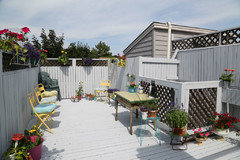
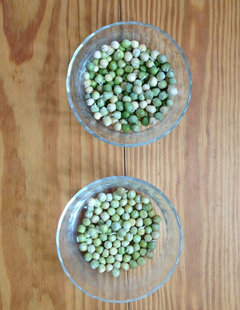
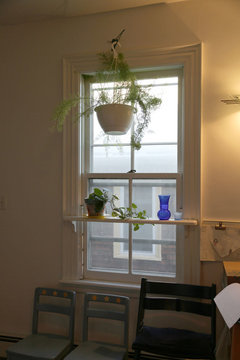
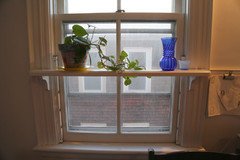
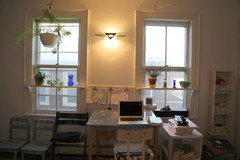
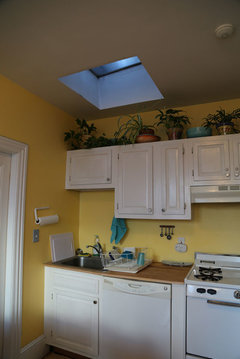
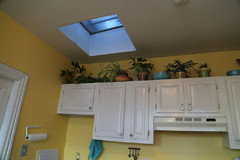
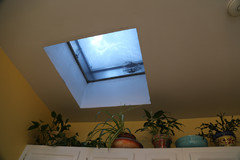
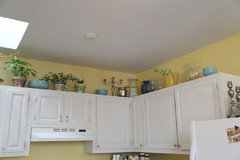
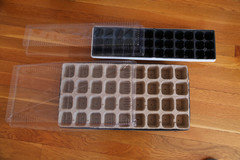

doreenwoods